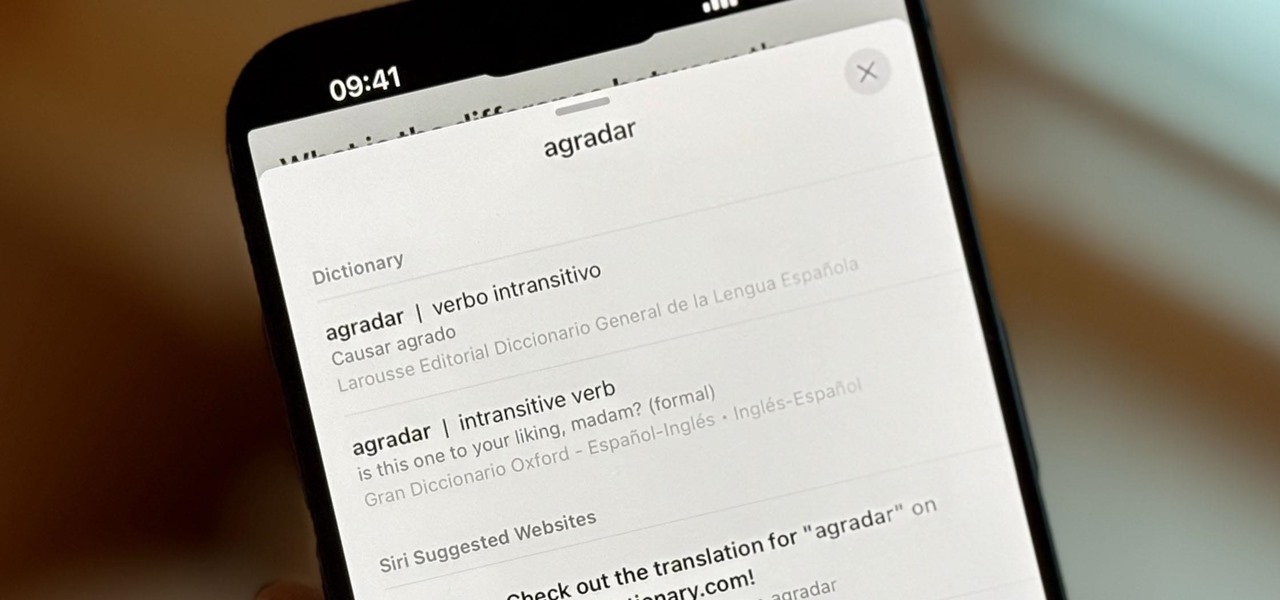&# 13;
Apple has actually presented a useful new device for Safari that allows you export or import surfing information such as book markings, background, extensions, bank card details, and usernames and passwords. This makes it very easy to move your data between Safari and various other internet browsers like Brave or Orion, create a back-up archive, or perhaps sync Safari passwords with third-party managers like Proton Pass.
This attribute is available throughout iphone 18 2, iPadOS 18 2, macOS 15 2, and visionOS 2 2– released on released Dec. 11, 2024 Whether you’re supporting information, switching over internet browsers, or remaining arranged throughout tools, Safari’s import/export device provides you better control and simplifies handling your digital life. Let’s see just how it works.
Exporting Your Browsing Information from Safari
This attribute deals with all of Apple’s software application systems that sustain surfing. On iphone 18 2, iPadOS 18 2, and visionOS 18 2 and later, the export choice is offered in Setups” Applications” Safari” Export. On macOS 15 2 and later on, you’ll use File” Export Browsing Data to File.
After you begin the export procedure, you can pick what to export. The alternatives include the adhering to, which would certainly be exported in a single zip archive to your iCloud Drive’s Downloads folder. If you have numerous accounts, you can pick the one you want from the Account selector or choose “All” or “All Accounts” to export information for every one of them.
- Bookmarks: The same across all accounts.
- History: Each profile has its own background.
- Extensions: Each profile has its very own history.
- Credit Cards: The exact same across all accounts.
- Passwords: The very same throughout all profiles.
According to Apple, your information is conserved without security. That means it will certainly be visible to anyone that can access the exported file on iCloud Drive or anywhere you move it. They can uncompress the file and watch its contents on any tool. After importing the information right into your desired web browser, you need to delete the zip and any type of uncompressed data as a protection precaution.

When prepared, faucet “Save to Downloads” or click “Download.” On iOS and iPadOS, it conserves instantly, but on macOS, you can select a different name and location before striking “Save.” On an iPhone or iPad, you can tap the data web link to see the zip data in the Files app or “Done” to exit the export device. Opening up the zip in Data or Finder will uncompress the archive, and a folder of the exact same name will appear having your information.

Exported File Formats
After unzipping the zip data, a folder of the very same name will certainly show up having some or every one of the information types, relying on what you exported. As an example, if you export only bookmarks, you will see one file.
Every one of these files are human-readable (some much more so than others):
- Bookmarks.html is all your book marks in an HTML file using the Netscape Bookmarks file format. You can conveniently open this HTML page in your internet internet browser and manually essence links if required.
- Passwords.csv is a CSV data having your usernames, passwords, and multifactor authentication (MFA) codes, in addition to the websites they connect to. You can open this in any type of spread sheet program.
- History.json is a JavaScript Things Notation documents consisting of the background had in Safari. Each Safari account will have its very own JSON data. You can open a JSON file in any full-screen editor.
- PaymentCards.json is a JavaScript Item Notation documents consisting of the bank card saved in Safari. You can open up a JSON file in any full-screen editor.
- Extensions.json is a JavaScript Item Symbols file consisting of info regarding the expansions mounted in Safari. Each Safari account will certainly have its own JSON file. You can open a JSON documents in any full-screen editor.
Importing Your Browsing Information into Third-Party Browsers
The majority of third-party desktop browsers will certainly allow you import bookmarks quickly, and it’s generally rather obvious. Some additionally make it simple to import auto-fill information, such as settlement cards and passwords.
On iphone and iPadOS, however, you’ll have trouble locating browser apps with this performance. For instance, you can import book marks right into Brave, DuckDuckGo, Ecosia, and Orion, but not right into some more prominent browsers. Orion likewise allows you import passwords. It’s less complicated to import various other data into a desktop computer internet browser and afterwards sync it with the mobile application. Some information, like extensions, can just be imported back into Safari.

You can additionally import your data into third-party browsers on other platforms, such as Android and Windows. Once more, you will discover it simpler to do on desktop apps since several mobile web browsers leave out import capabilities.
Importing Your Surfing Data right into Safari
You can import information from third-party web browsers that provide the correct file types that Safari accepts. For instance, if your web browser exports book marks in HTML format and passwords in a CSV file, you can import them right into Safari. On Mac, Apple provides an instance of downloading a folder of your Chrome information from Google Takeout and importing that right into Safari.
In our example, we’ll import Safari information into Safari on another device. You might intend to do this if you’re restoring to a new device that doesn’t sync with iCloud or intend to relocate your background from one computer not connected to your iCloud account to another computer.
On iOS 18 2, iPadOS 18 2, and visionOS 18 2 and later, the import option is readily available in Settings” Applications” Safari” Import. On macOS 15 2 and later on, you’ll utilize File” Import Browsing Data from Documents or Folder.

After that, hit either “Pick Data” or “Choose Data or Folder” and choose any of the adhering to options in Documents or Finder. File and folder names may differ, but the data kind must equal.
- Bookmarks.html
- Passwords.csv
- History.json
- PaymentCards.json
- Extensions.json
- Folder consisting of several of the above
- Zip data containing several of the above
On iphone and iPadOS, Safari will certainly read the documents and populate the info regarding the number of extensions, book marks, passwords, charge card, and historical sites will be imported. From below, tap “Import to Safari” or click “Import” to import your surfing data.

Information Safety
As discussed above, your data is saved unencrypted also if Safari formerly secured it. This suggests anyone who can access the exported zip data or its enclosed files can check out the details. That information can consist of account usernames and passwords, credit card numbers and expiry dates, and other very sensitive information. It’s crucial that you secure these Safari exports, placing them in a protected area and erasing them when no more required.
Developer Extensible
Safari exports surfing information in open data formats, making importing the details very easy for various other browsers. Apple gives documents on its Designer site so third-party browsers can add support for importing browsing information from Safari and exporting searching information to Safari.
&# 13;
&# 13;
&# 13;
Simply upgraded your iPhone? You’ll find brand-new Apple Intelligence capabilities, sudoku challenges, Camera Control improvements, quantity control limitations, split Voice Memo recordings, and other useful functions. Learn what’s brand-new and changed on your iPhone with the iOS 18 2 update.
&# 13;
&# 13;



